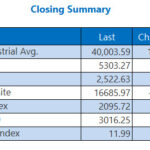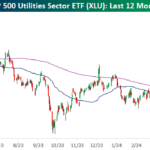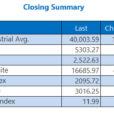
Had a prudent investor bought 500 shares of Wal-Mart Stores, Inc. (WMT) back in 1975, but the end of 1999, thanks only to stock splits, that investor would have become the proud holder of 256,000 shares of stock.
Obviously, that prudent investor was not me since in 1975 I didn’t have two nickels to rub together much less money to buy a stock. But what about those looking for investments today. How will they view an investment in Wal-Mart? Given my valuations, will they, will you, pass?
Wal-Mart Stores, Inc.
Walmart, Inc. is engaged in retail and wholesale operations with three reportable segments, Walmart U.S., Walmart International, and Sam’s Club. Industry peers include Target Corporation, The Kroger Company, and Amazon.com, Inc.
Short-Term Value
My short-term (3-6 week hold) target price for the stock is $94.56, with an initial trailing stop at $83.55. Upward price movement will find resistance at $87.27 and $92.94, with final resistance at $97.46. Downward price movement will find support at $82.56.
Days to Cover
The most recent days to cover number is 3. The days to cover number is a measurement of the company’s outstanding shares that are currently shorted, expressed as the number of days required to close out all the short positions. The number is determined by dividing the number of outstanding shares currently shorted by the average daily volume. The days to cover number is sometimes used as a volatility precursor for a stock.
The Tax Act
The Tax Cuts and Jobs Act of 2017 makes broad and complex changes to the U.S. tax code, including, but not limited to, (1) reducing the U.S. federal corporate tax rate from 35% to 21%; (2) requiring companies to pay a one-time deemed repatriation transition tax (the “Transition Tax”) on certain earnings of foreign subsidiaries; (3) generally eliminating U.S. federal income taxes on dividends from foreign subsidiaries; (4) requiring a current inclusion in U.S. federal taxable income of certain earnings of controlled foreign corporations; (5) eliminating the corporate alternative minimum tax (“AMT”) and changing how AMT credits can be realized; (6) capital expensing; (7) eliminating the deduction on U.S. manufacturing activities; and (8) creating new limitations on deductible interest expense and executive compensation.















